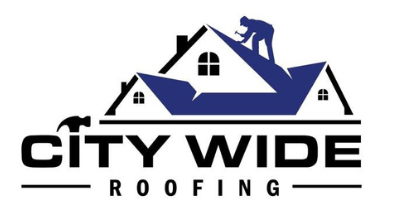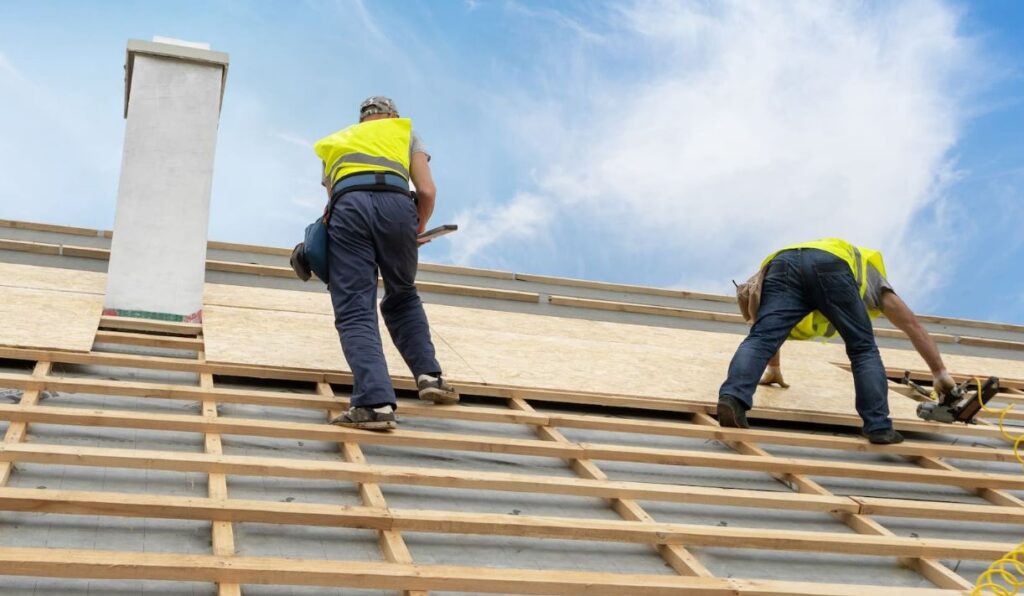Ever wondered if metal roofs indeed live up to their reputation for durability and cost-effectiveness? As a roofing contractor, you’re probably aware that metal roofing is gaining popularity among homeowners due to its longevity and aesthetic value. However, like every other material, it’s not without its drawbacks.
On one hand, you’ve got a roof that can outlast most others on the market, but on the other, there are cost and noise issues you need to be aware of. So, let’s dig in and examine the pros and cons of metal roofing, and while we’re at it, let’s also explore some valuable installation tips that can save you time and resources.
Curious about what you might discover?
Understanding Metal Roofs: Pros and Cons
While metal roofs offer a multitude of benefits, they also come with a few drawbacks that you need to consider before making your final decision.
They’re durable, fire-resistant, and can last up to 70 years with little maintenance required. They’re also energy efficient, reflecting sunlight instead of absorbing it, potentially saving you on energy bills.
But, they’re more expensive upfront than traditional shingle roofs. Installation can be complex, requiring experienced contractors. They can be noisy during heavy rain or hail, although added insulation can mitigate this. Additionally, they may dent from severe hail.
Top Installation Tips for Metal Roofs
Navigating the process of metal roof installation can be tricky, so here are some top tips to help you ensure a successful and smooth project.
1. Choose the Right Material: Not all metals are created equal. Depending on your region’s climate, you’ll want to select a material that can withstand the elements.
2. Use Proper Fasteners: To avoid leaks and potential damage, use the correct screws and fasteners.
3. Install Underlayment: This is a critical step. An underlayment can prevent condensation and provide additional insulation.
4. Ensure Correct Overlap: Overlapping the panels correctly ensures a watertight seal.


